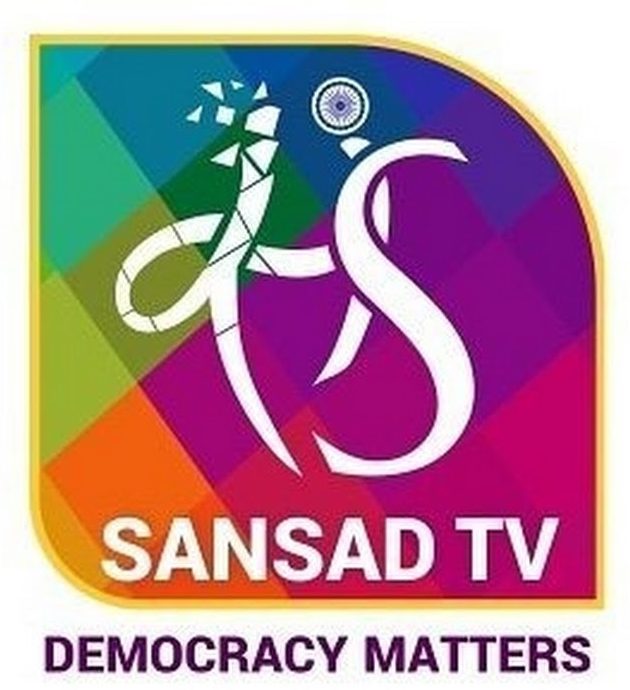[ad_1]

Introduction:
An idea which is not new to India, because from 1951-52 till about 1967, we did have simultaneous Lok Sabha and Assembly elections, but which has become a subject matter of debate in recent years. Prime Minister Narendra Modi has often spoken about the need to hold simultaneous elections in the country as continuous polls in some or the other part of the country hampers development. There have been substantial discussions in the country with numerous views on the subject, but no substantive move owing to several impediments – constitutional, legal and of course political. So why are we discussing the subject today – Well, Chief Election Commissioner Sushil Chandra said recently that the Election Commission is fully prepared and is capable of conducting simultaneous elections. In fact, he asserted that since Independence, for several years, simultaneous elections were held. It’s only after 1967 that some Assemblies were dissolved, on some occasions the Lok Sabha, that disturbed the schedule.
What is “One Nation, One Election”?
- Simultaneous elections refer to holding elections to Lok Sabha and State Legislative Assemblies simultaneously, once in five year.
- The idea of holding elections simultaneously is in news after it got a push from Prime Minister Narendra Modi.
Background:
- Simultaneous elections were held in the country during the first two decades after Independence up to 1967.
- Dissolution of certain Assemblies in 1968 and 1969 followed by the dissolution of the Lok Sabha led to the “disruption of the conduct of simultaneous elections.”
What are the pros of implementing simultaneous polls?
- Money and administrative expense will be drastically cut, political parties spend a lot on elections campaigning
- In 1951 elections, 53 political parties contested and the expense declared was 11 crores.
- In recent 2019 elections, 610 political parties contested and the expense as per ADR is 60,000 crores
- Government will have time for some constructive work because imposition of model code of conduct for such a long time is hampering developmental and welfare activities.
- The ruling parties will be able to focus on legislation and governance rather than having to be in campaign mode forever.
- The entire State and District level administrative and security machinery will be busy with the conduct of elections twice in a period of five years as per the current practice.
- Large numbers of teachers are involved in the electoral process which causes maximum harm to the education sector.
What are the cons of implementing simultaneous polls?
- Amendments to the constitution: To conduct simultaneous elections in India, many amendments to the constitution of India are to be made.
- Article 83 of the Constitution provides for the tenure of both Houses of the Parliament (Lok Sabha and Rajya Sabha).
- Article 83(2)11 provides for a term of five years for Lok Sabha, from the date of its first sitting unless dissolved earlier.
- Article 172 (1) provides for five year tenure for State Legislative Assembly from the date of its first sitting.
- The provison to Article 83 (2) of the Constitution provides that when a proclamation of emergency is in operation, the term of the House may be extended for a period not exceeding one year at a time by Parliament by law and not extending in any case beyond a period of six months after the Proclamation has ceased to operate.
- Similar provision also exists for State Legislative Assembly under the proviso to Article 172 (1) of the Constitution.
- Article 85 (2)(b) of the Constitution of India provides the President with the power to dissolve Lok Sabha. Similar provision for dissolution of State Legislative Assemblies by the Governor of State is provided under Article 174 (2)(b)
- The Representation of People Act 1951, which covers various modalities of conducting elections in the country, also needs to be amended.
- Simultaneous elections threaten the federal character of our democracy.
- Large national parties would reap the economies of scale of one large election every five years, to the disadvantage of regional parties.
- It is against the constitutional fabric.
Recommendations:
- Law Commission of India recommended simultaneous elections to Lok Sabha and State Legislative.
- 79th report of the parliamentary standing committee on Law and Justice recommended a two phase election schedule – one concurrent with Lok Sabha elections, the second in the mid-term of the Lok Sabha.
- The Election Commission has also extended its in-principle support for the simultaneous elections.
Challenges:
- Political parties were divided on the issue of holding simultaneous elections during consultations with the Law Commission of India.
- Simultaneous elections would involve arbitrary curtailment or extension of the tenure of a House — the legal propriety of which is questionable.
- Such a measure would undermine federalism as well as representative democracy.
- The core problem is Parliamentary form of government in which government is accountable and can fall before it completes its term.
- Our parliamentary system is complex, different and difficult compared to other parts of the country.
- Need of political consensus because it requires constitutional amendment.
Way forward:
- ‘One India One Election’ would be a good change if it could be carried out with the proper execution of policies and rules, taking care of the rising need for good administrative staff and security.
- A focused group of constitutional experts, think tanks, government officials and representatives of political parties should be formed to work out appropriate implementation related details.
Elections in India are celebrated as festival and if they happen once in every 5 years all together throughout the country then it would be Maha-Festival.
[ad_2]

